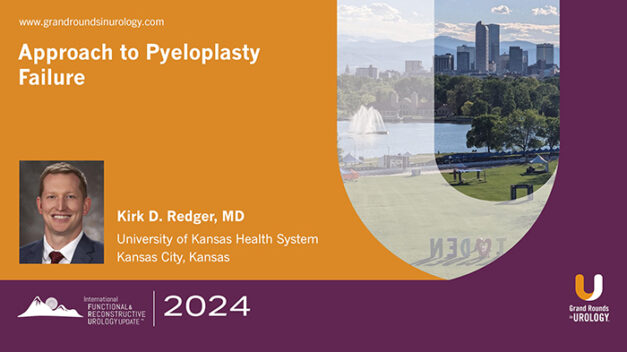Single Incision Slings
Jason M. Kim, MD, discusses single-incision slings, a less invasive option for treating stress incontinence in women. In this 9-minute presentation, Dr. Kim offers single-incision slings as a less invasive option than traditional retropubic and transobturator slings, eliminating many of the complications associated with traditional methods. He begins with a short background of midurethral slings, including possible complications and why a single incision option would be preferable.
Dr. Kim discusses the benefits of the single-incision sling and shows examples of possible options. He asserts that this less invasive therapy eliminates many complications associated with traditional methods. He also shares studies that have demonstrated its efficacy, including the 2022 Cochrane review and a randomized trial published in The New England Journal of Medicine.





